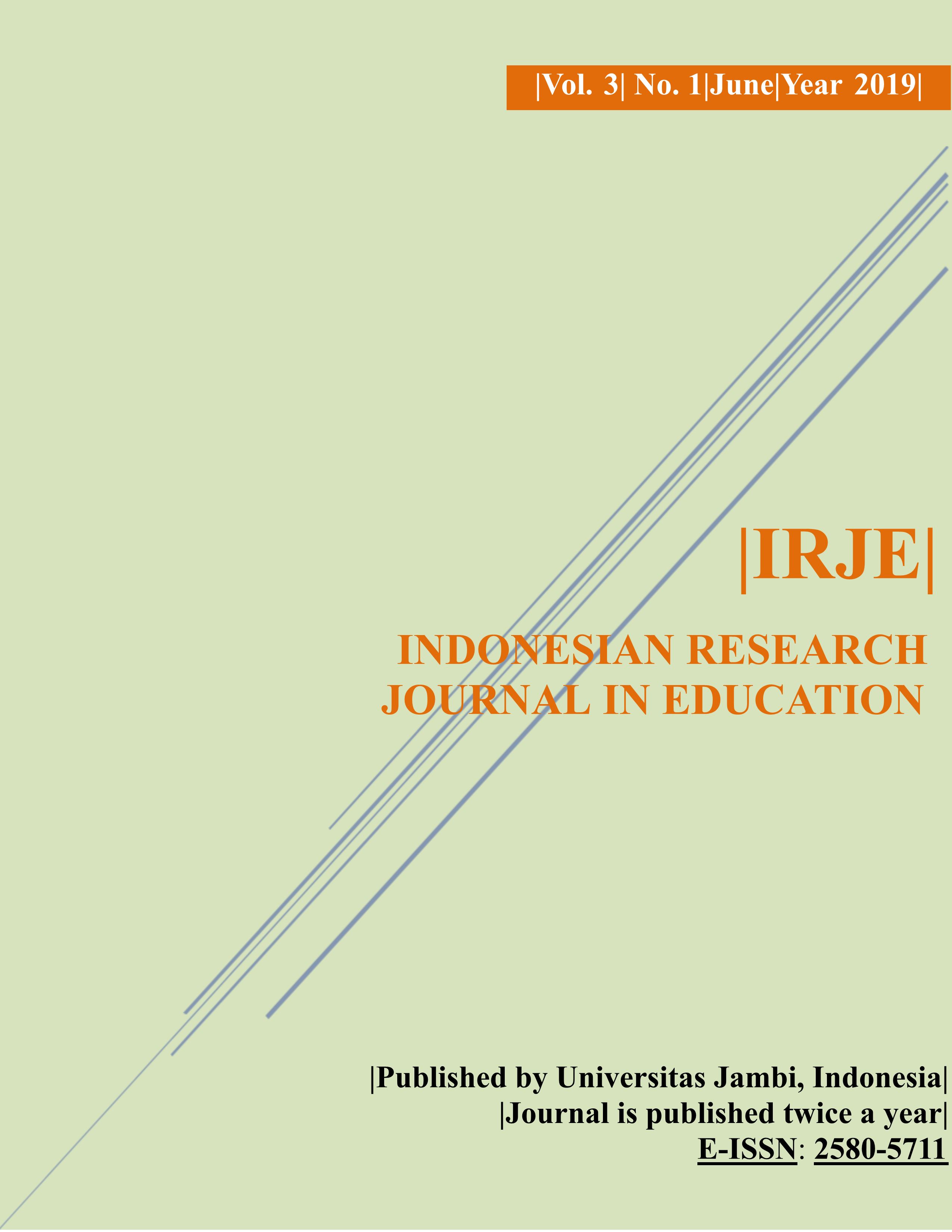Making a Rhombicosidodecahedron: Mathematical Thinking Revisited
DOI:
https://doi.org/10.22437/irje.v3i1.4865Abstract
A rhombicosidodecahedron (an Archimedean solid with 30 square, 20 triangles, and 12 pentagon faces) was redeemed from 60 pieces by modular origami. This study used a qualitative research case study as it asked about how participants experienced this construction process of rhombicosidodecahedron. Preservice primary mathematics teachers from a mathematics and art course were participants of the study. Additionally, one student; the first student who came out with the totally symmetric and no damaged object was interviewed for the assembly process. Mathematical thinking throughout the process was noted. Student brought her/his previous experiences as much as specific aptıtudes. Student took this project as a creative writing piece so that the process gone through similar phases as intro, progress, and artifact. Deformations and sinking occurred but student investigated the specifics of the real mathematical object did it without a fault. To deal with problems occurred in the phases; students used a creative insight as using paperclips to attach modules and assembly of half spheres. Two main processes; organizational and structural took place in the creative model formation and assembly. Suggestions and future studies are also discussed.
Downloads
Downloads
Published
Versions
- 2019-05-17 (1)
- 2019-05-17 (1)
How to Cite
Issue
Section
License
After the manuscript is accepted for publication, authors will be required to sign a copyright transfer form. Copyright will be transferred to Jambi University, the Graduate School, Doctoral Program in Education, via e-mail. A copyright form will be sent to you via e-mail after the accepted manuscript has been submitted.




